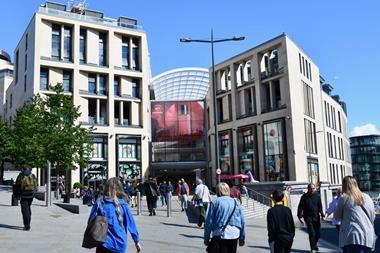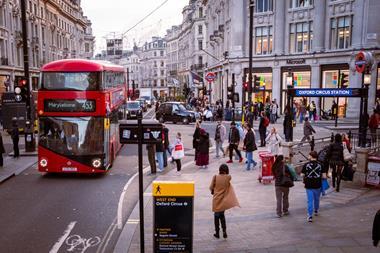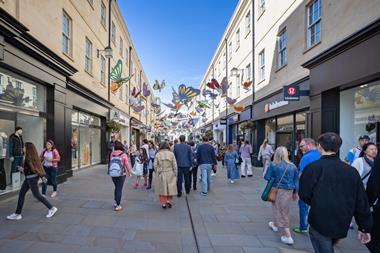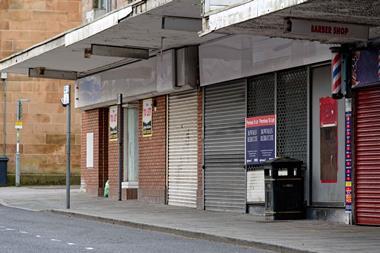Retail footfall across all locations increased in February as the school half-term drove shoppers to stores.

Overall February footfall was 8.3% higher compared to January, which continues the trend of footfall rebounding after January, according to the latest MRI Software data.
High streets saw the largest rise in footfall as it increased 11.4% in February. Shopping centres saw a 6.9% rise, while retail parks received a 3.3% boost.
Annual footfall across all retail destinations declined 2.2% for the second consecutive month, which MRI suggested could be due to the “true impact of store closures from anchor brands”.
The drop in annual footfall was largely driven by a 3.5% decline in high streets and a 2.3% decrease in shopping centres. Retail parks saw a rise of 0.9%.
Jenni Matthews, marketing and insights director at MRI Software, said: “February was saved by the school half-term holiday, which contributed to an overall rise in footfall of 8.3% from the month before across all UK retail destinations.
“The start of the month was fraught with rail strikes and overtime ban disruptions across the UK which, surprisingly, failed to hamper footfall activity and led to footfall rising by 2.9% from the week prior, with high streets playing a leading role in this increase.
“This rebound is likely to be attributed to a bounce back in activity from the week before when Storm Isha impacted travel across the UK. With widespread action taking place, all regions and town types suffered with declines in footfall at some point during the nine days of strike action.
“As we head into March, retail destinations should approach this with optimism as the second largest trading period falls towards the end of the month: Easter. Falling a week earlier than last year, this shift allows retail destinations to benefit from the holiday build-up starting around the third week of the month.
“Despite consumer confidence falling by two points in February, the outlook for the next 12 months remains strong as consumers continue to spend despite the cost-of-living crisis.
“The metric which measures people’s personal finance situation for the next 12 months highlighted stability as this had not slipped back and was actually 18 points higher than last February.
“This suggests that consumers are maintaining control over their finances and budgeting accordingly for the year ahead with relief coming in the form of reduced energy bills and optimism that inflation and interest rates may also be set to fall.”


























No comments yet